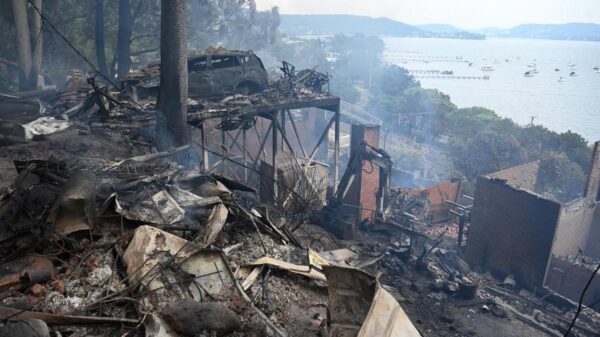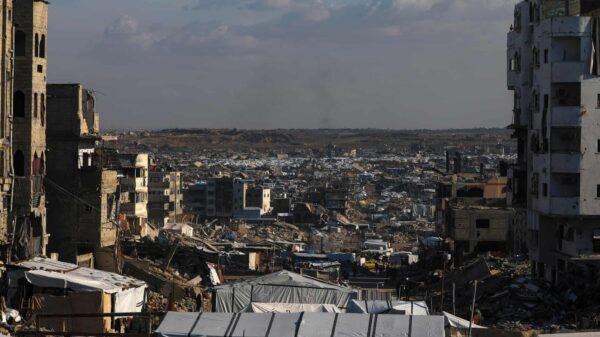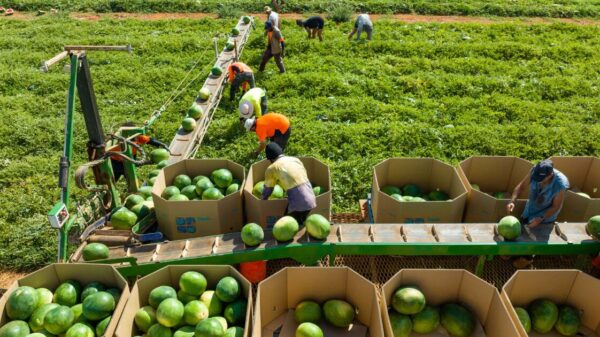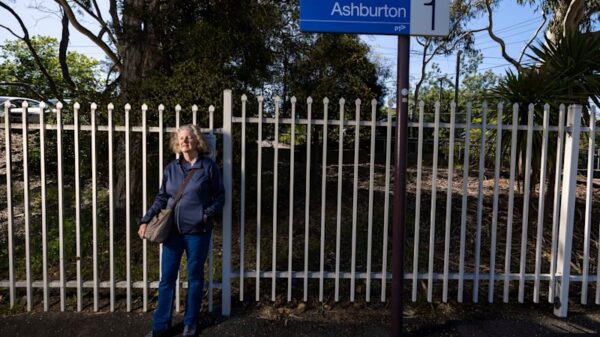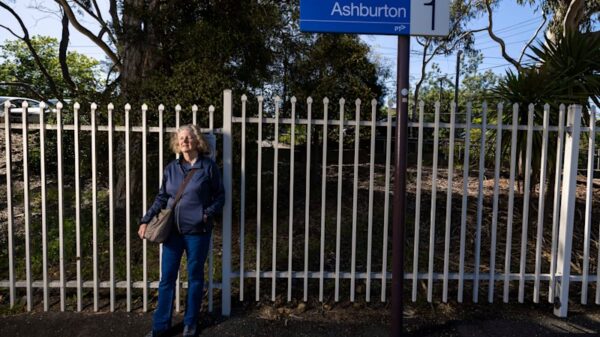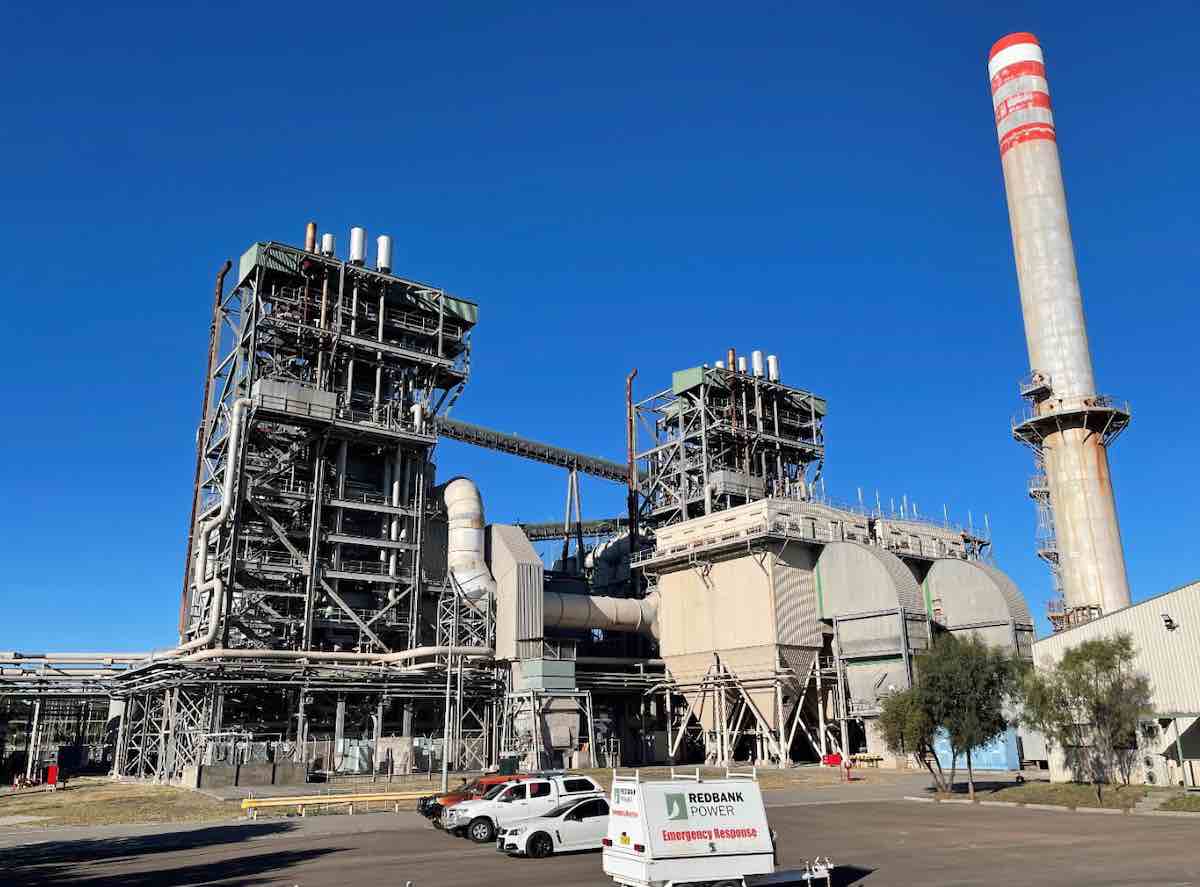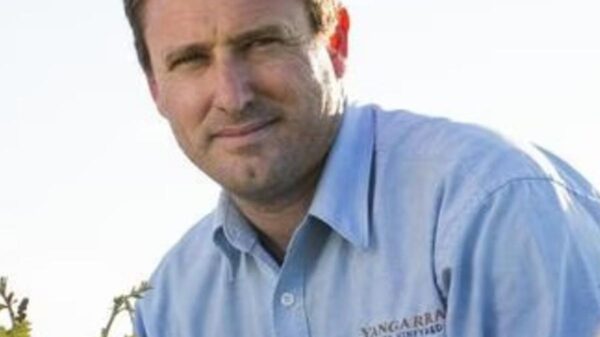The New South Wales (NSW) state government has approved a contentious proposal to burn waste wood at the Redbank Power Station, a facility that has remained inactive since its closure in 2014. This approval comes despite significant opposition, prompting an automatic referral to the Independent Planning Commission for an independent review.
Located between Maitland and Muswellbrook in the Hunter Valley, the Redbank Power Station initially began operations in 2001 but was shut down after losing its supply of coal tailings. This closure marked it as one of the most polluting power generators in Australia. The new owner, Verdant Earth, plans to invest $70 million to retrofit the plant and restart operations, focusing on burning wood waste. According to Australian regulations, this biomass is classified as a zero-emission fuel source, based on the premise that the carbon released during combustion is equivalent to what would be emitted if the wood decomposed naturally.
Despite the conditional approval granted by the NSW planning department, the project faces scrutiny due to over 215 submissions against it, many citing concerns regarding greenhouse gas emissions, biodiversity impacts, and air quality. In contrast, 162 submissions expressed support for the initiative. This polarized feedback has necessitated the involvement of the Independent Planning Commission.
Environmental groups have voiced strong opposition to the project, even after Verdant Earth amended its plans to exclude burning native forest wood chips. The company now intends to utilize invasive pine plantations in western NSW, which proponents argue are already being cleared. Nevertheless, the practice of using woody biomass for energy generation remains controversial both domestically and internationally.
In the UK, for example, the Drax Power Station, which transitioned from coal to wood, has drawn criticism for being one of the largest carbon emitters in the country. Recent reports from the climate and energy think tank Ember highlighted that Drax’s emissions rose by 16% in one year, contributing significantly to the UK’s overall emissions.
Concerns regarding the Redbank project were detailed in an assessment by the NSW planning department. The report identified that the primary risk associated with the project lies in potential human health impacts due to air quality emissions from biomass combustion. Following discussions with the Environmental Protection Authority (EPA), the department believes the project could comply with existing regulations.
In a statement last year, the Australian Institute criticized the environmental impact statement for underestimating potential greenhouse gas emissions and other environmental consequences. The Institute urged rejection of the project, advocating instead for a focus on sustainable renewable energy alternatives.
A public meeting regarding the project is scheduled for August 11, 2024, providing an opportunity for community engagement and further discussion on the implications of this controversial plan. As the review process unfolds, the outcome will have significant implications for energy policy and environmental standards in the state.

